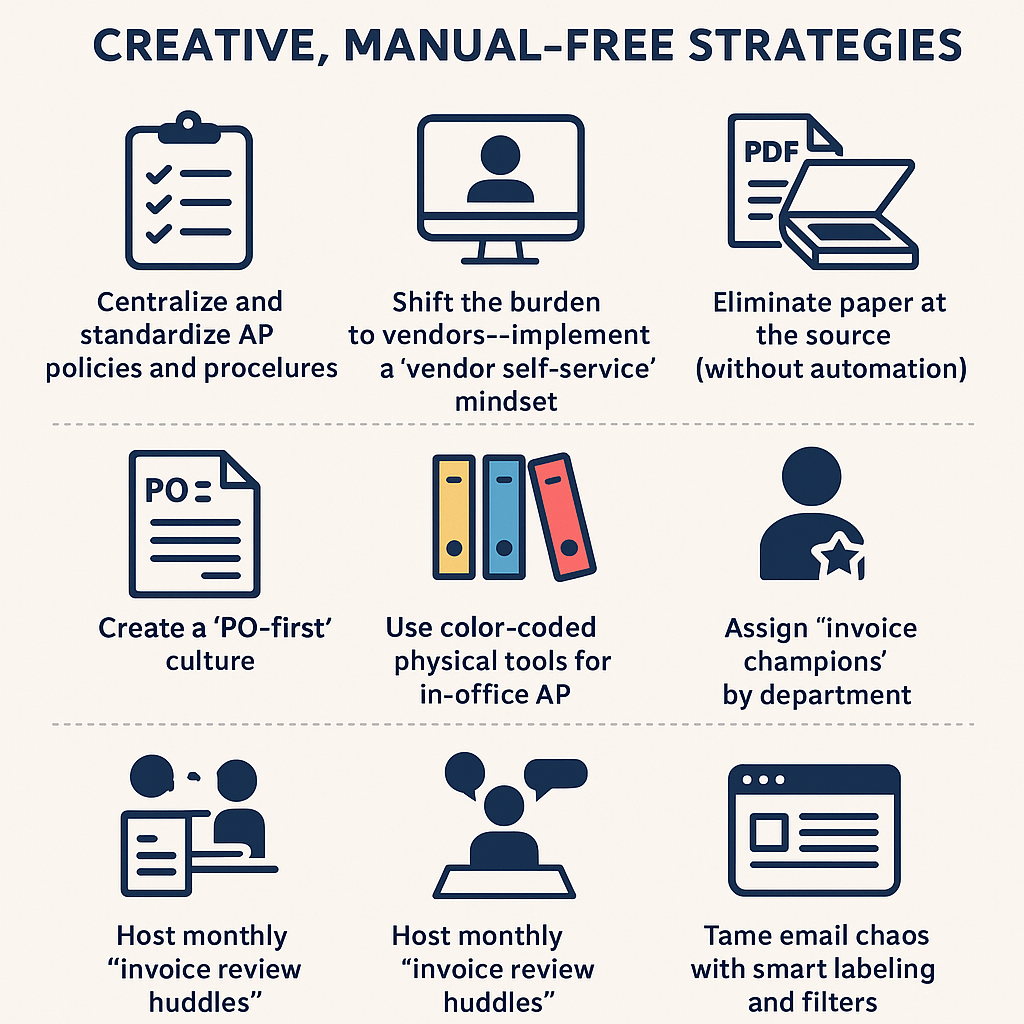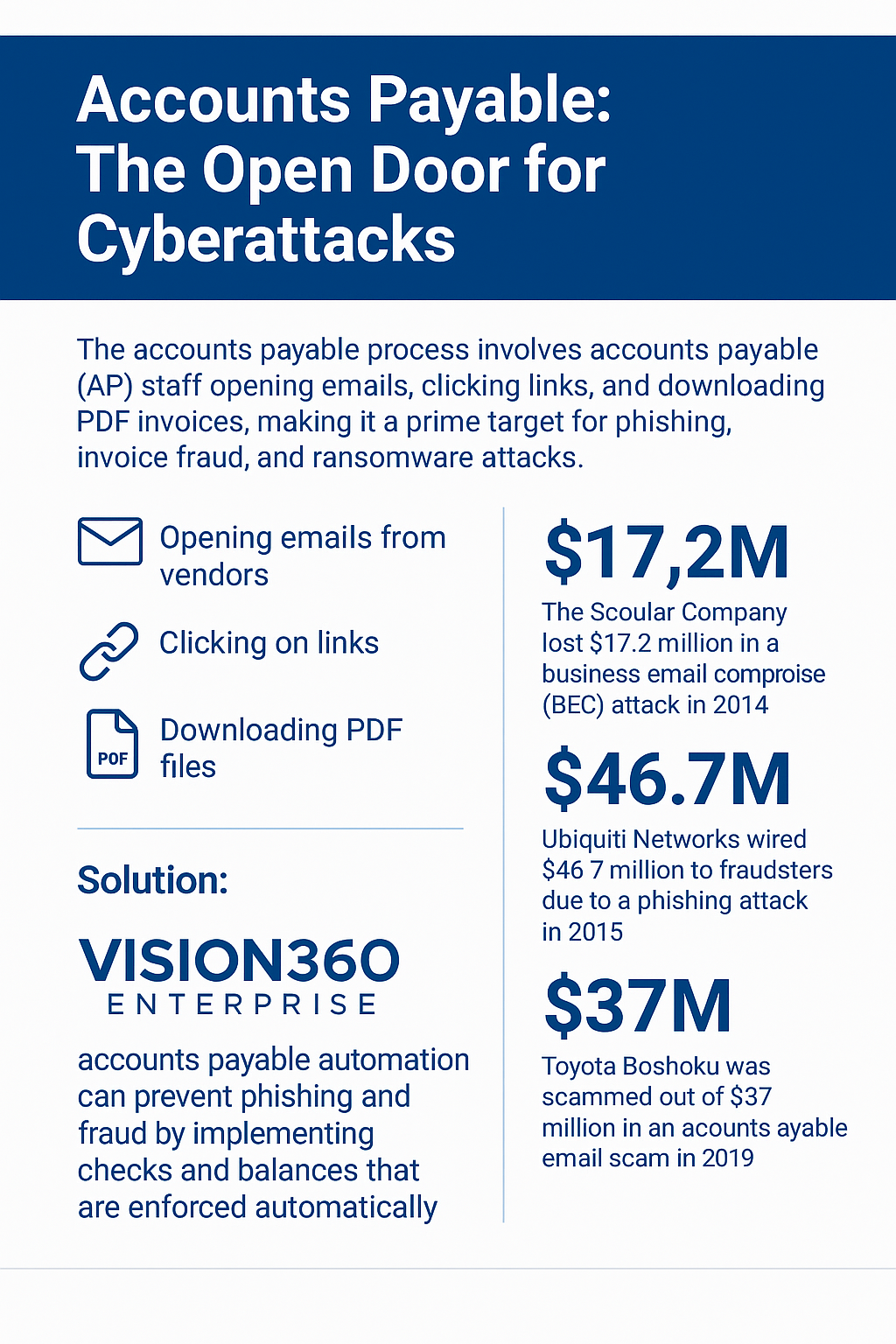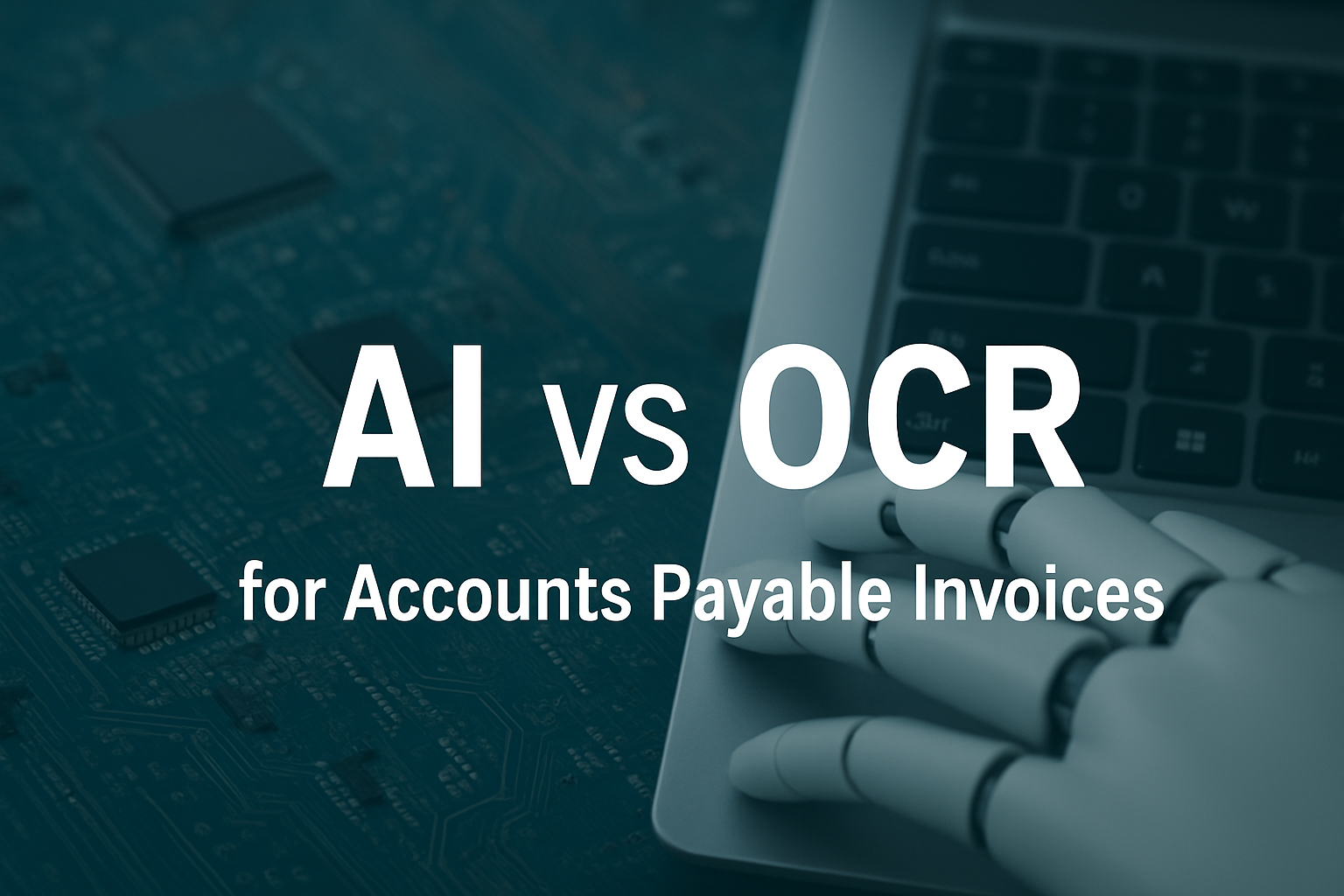Why AP Automation is Beneficial to Healthcare

Introduction: The Financial Pressures on Healthcare
The healthcare industry sits at the intersection of patient care, strict regulatory oversight, and complex financial management. Hospitals, clinics, long-term care facilities, and health systems are responsible for saving lives, but behind the scenes, they must also manage billions of dollars in operational costs, vendor contracts, and supply chain expenses. Accounts Payable (AP) is one of the most critical yet resource-draining functions in healthcare finance.
Despite being a backbone of financial operations, AP departments in healthcare have historically relied on manual processes—handling paper invoices, cutting physical checks, and reconciling vendor payments by hand. These outdated methods often create inefficiencies, increase risk, and tie up staff who could be focused on more strategic initiatives.
Enter Accounts Payable Automation. By leveraging technology to streamline invoice capture, approval workflows, and payment processing, healthcare organizations can save time, cut costs, and enhance compliance. But the benefits go deeper: AP automation directly impacts patient outcomes, supplier relationships, and the financial sustainability of healthcare institutions.
In this article, we’ll explore why AP automation is not just a “nice to have” for healthcare but an essential investment for long-term success.
What is Accounts Payable (AP) Automation?
At its core, AP automation is the use of technology—often powered by artificial intelligence (AI) and machine learning—to digitize, streamline, and manage the accounts payable process. Instead of manually entering invoice data, routing documents for approval, and cutting checks, AP automation software handles much of the workflow.
Key features of AP automation include:
- Digital invoice capture: Automatically extracting data from paper, email, or electronic invoices.
- Workflow automation: Routing invoices to the right approvers without bottlenecks.
- Payment automation: Issuing payments electronically (ACH, virtual cards, etc.) instead of paper checks.
- Integration with ERP/EHR systems: Connecting AP automation to existing financial and healthcare record systems for a seamless flow of information.
- Real-time analytics and reporting: Offering visibility into cash flow, spending, and vendor performance.
For healthcare organizations, where transaction volume is high and regulatory requirements are strict, AP automation provides both operational and strategic value.
Unique AP Challenges in Healthcare Organizations
Healthcare’s AP processes are different from those in retail, manufacturing, or other industries. The environment is more complex due to compliance requirements, diverse suppliers, and unpredictable demand. Below are the key challenges that make AP automation especially relevant.
1. High Transaction Volume
Hospitals and health systems process thousands of invoices every month, ranging from medical supplies to contracted services. Manual handling often leads to bottlenecks and late payments.
2. Regulatory and Compliance Demands
Healthcare organizations must comply with regulations like HIPAA, Sarbanes-Oxley, and various state-level requirements. Paper-based AP processes make it difficult to maintain accurate records and audit trails.
3. Vendor Diversity
A healthcare system may deal with hundreds or even thousands of vendors, including pharmaceutical companies, staffing agencies, labs, equipment manufacturers, and IT providers. Each vendor may use different billing methods, complicating invoice management.
4. Fraud and Error Risks
Manual processes increase the risk of duplicate payments, fraudulent invoices, and data-entry errors—costing healthcare systems millions annually.
5. Staffing Pressures
Healthcare finance teams often run lean, especially in times of labor shortages. Manual AP processes consume valuable time that could be redirected toward strategic initiatives like contract negotiations or cost analysis.
Benefits of AP Automation in Healthcare
Now that we understand the unique pressures healthcare faces, let’s dive into how AP automation addresses these challenges.
1. Cost Savings and Efficiency
One of the most tangible benefits of AP automation is cost reduction. Studies have shown that manual invoice processing can cost between $12–$30 per invoice. With automation, that cost drops to less than $5.
For a large hospital processing 50,000 invoices annually, this represents millions in savings.
Automation also reduces late fees and captures more early payment discounts, further improving cash flow.
2. Faster Invoice Processing
Manual AP processes often lead to delays, especially when invoices require multiple approvals. With automation, invoices can be routed electronically to approvers with notifications and escalation rules, reducing approval cycles from weeks to days—or even hours.
Faster invoice processing ensures timely payments, better vendor relationships, and improved supply chain reliability.
3. Stronger Compliance and Audit Trails
Every invoice processed through an AP automation platform generates a digital footprint—capturing who approved it, when it was approved, and how it was paid. This provides built-in audit readiness and compliance documentation.
For healthcare organizations that undergo frequent regulatory reviews, this is a massive advantage.
4. Fraud Prevention
Duplicate payments, fake invoices, and vendor fraud are significant risks in healthcare AP. Automation systems can flag suspicious activity, detect duplicates, and enforce strict payment controls.
This reduces financial leakage and ensures funds are directed where they’re needed most—patient care.
5. Improved Supplier Relationships
Healthcare organizations depend on reliable suppliers for everything from PPE to pharmaceuticals. Late or incorrect payments damage trust and can disrupt supply chains.
With AP automation, payments are accurate and timely, strengthening vendor partnerships and ensuring steady supply lines—critical during events like the COVID-19 pandemic.
6. Better Use of Staff Time
Instead of spending hours on manual data entry, AP staff can focus on higher-value tasks: analyzing spending patterns, negotiating better vendor terms, and improving financial forecasting.
This helps healthcare organizations do more with less—critical in times of budget pressure.
7. Scalability and Adaptability
As healthcare systems expand through mergers, acquisitions, or new facilities, AP automation scales easily. Instead of hiring additional AP staff, organizations can process more invoices with the same resources.
This adaptability is key in an industry where growth and consolidation are constant.
ROI of AP Automation in Healthcare
Return on investment (ROI) is a critical factor in healthcare decision-making. Fortunately, AP automation delivers strong returns:
- Lower invoice processing costs: Savings of 60–80% per invoice.
- Improved working capital: Faster approvals mean better cash flow management.
- Reduced compliance costs: Automated audit trails reduce time spent preparing for reviews.
- Fewer errors and fraud losses: Preventing even a single large fraud incident can justify the investment.
Most healthcare organizations see payback from AP automation within 12–18 months.
Future of AP Automation: AI and Predictive Analytics
AP automation continues to evolve, with AI and predictive analytics leading the charge. Future benefits for healthcare may include:
- Predictive cash flow modeling to anticipate financial pressures.
- AI-driven anomaly detection to spot fraudulent invoices before payment.
- Supplier performance analytics to identify best-value vendors.
- Touchless invoice processing with near-100% accuracy.
As healthcare organizations adopt digital transformation strategies, AP automation will be a cornerstone of smarter, more resilient financial operations.
How to Choose the Right AP Automation Solution for Healthcare
When selecting an AP automation platform, healthcare organizations should consider:
- Integration capabilities: Can it connect to existing ERP, EHR, and procurement systems?
- Compliance features: Does it support audit trails, segregation of duties, and data security requirements?
- Scalability: Can it handle growth and expansion?
- Vendor support: Does the provider have healthcare-specific expertise?
- User experience: Is the system intuitive for staff and approvers?
Choosing the right partner ensures long-term success and adoption.
Conclusion: Why AP Automation is a Strategic Advantage for Healthcare
Healthcare organizations operate in one of the most challenging financial environments of any industry. Rising costs, strict regulations, and workforce shortages put immense pressure on finance departments to do more with less.
AP automation offers a solution: cutting costs, increasing efficiency, ensuring compliance, and strengthening supplier relationships. More importantly, it frees staff time and resources that can be redirected toward the organization’s true mission—delivering high-quality patient care.
In a world where healthcare margins are razor-thin, and efficiency can mean the difference between growth and closure, AP automation isn’t just beneficial—it’s essential.
Ready to Learn More About AP Automation?









